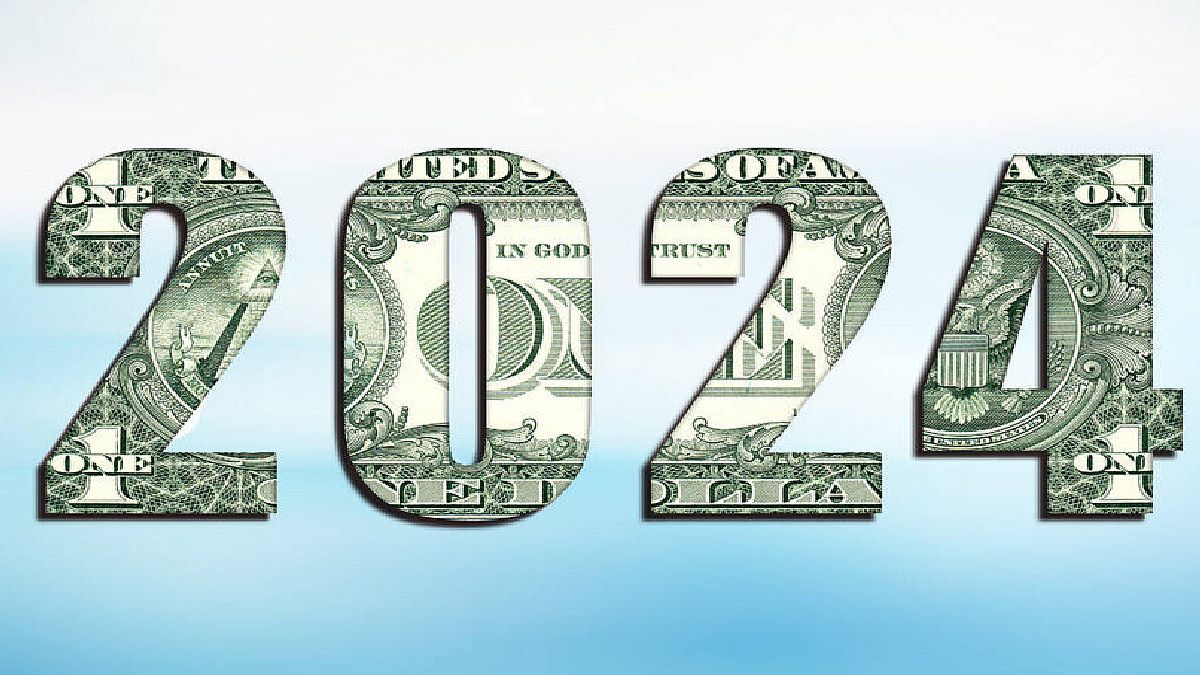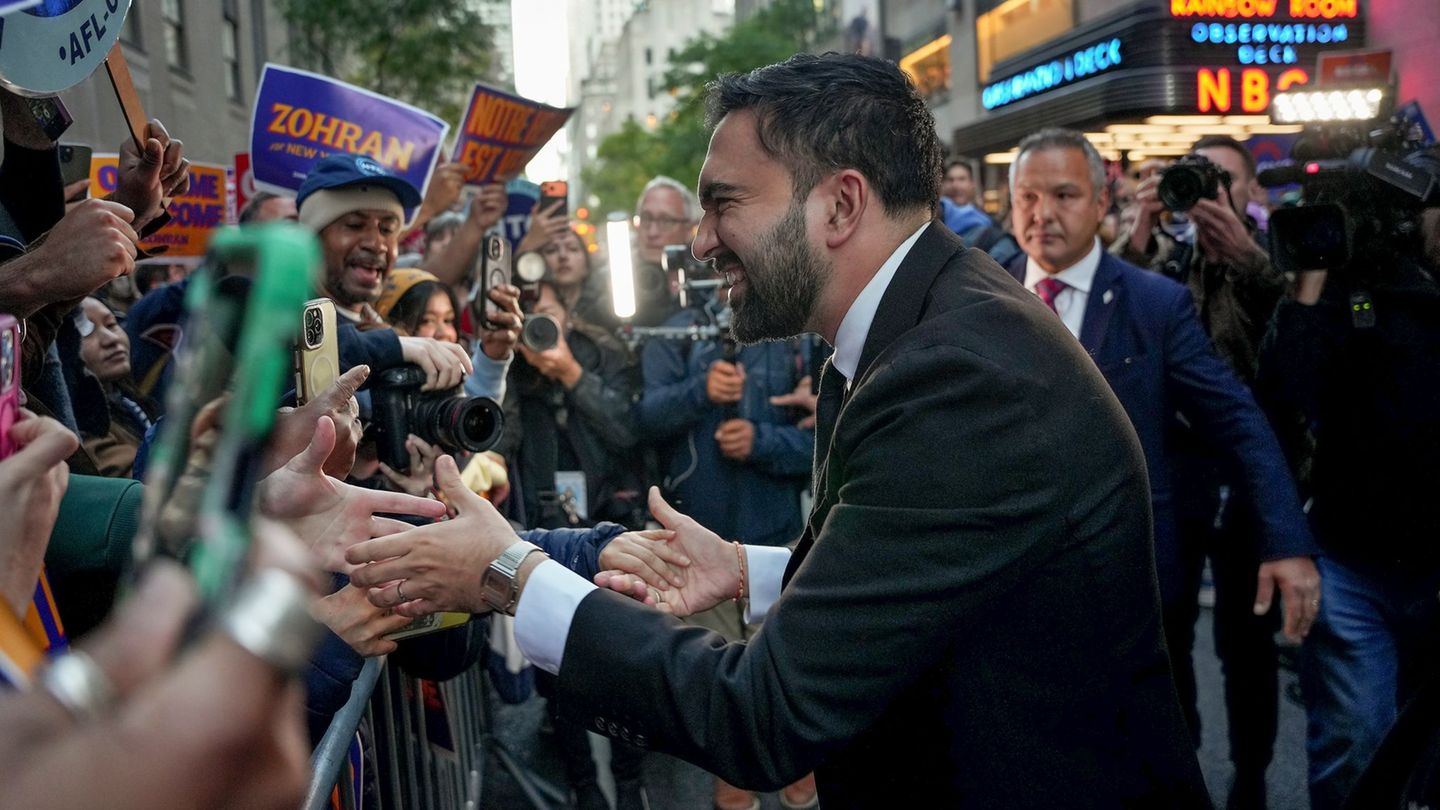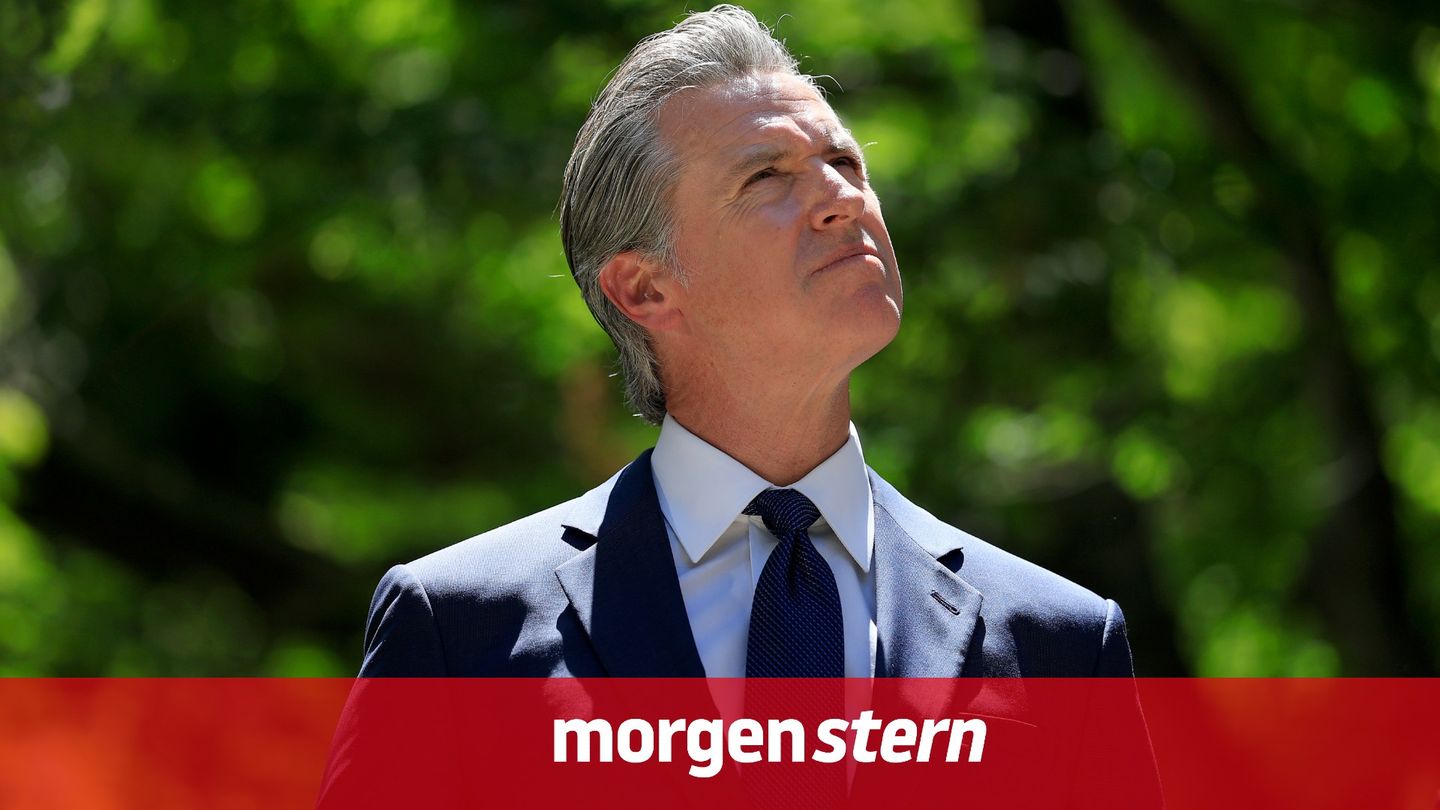In this context, the market is betting that, far from rising, the Dolar blue continue to stay around $1,000 and do not climb above the interest rates of the Central Bank (BCRA), which are around 9% monthly. For this reason, the different analysts agreed that currently and facing the first month of next year the investors will bet on a “carry trade” with BCRA returnswhich despite being low compared to expected inflation, are expected to be above the variation of the informal exchange rate.
Blue dollar in January: does the exchange rate continue?
He informal exchange rate balance in the last months of the year it is negative with respect to the devaluation. While the peso depreciated 54%, the informal dollar only rose 12.5% with respect to the price at which it ended in November, with the assumption of Javier Milei in the middle, after he emerged victorious in the presidential runoff on November 19.
In the last month of the year, Inflation is estimated between 28% and 30% by the private sectoraccording to data from private consulting firms Regional Center for Economic Studies of Bahía Balnca Argentina (CREEBBA) and Eco Gorespectively.
In this context, the economist Gustavo Ber assured Ambit that “In January the climate of exchange calm would continue”, despite this inflationary surge. Even, in his opinion, it is likely that the dollar remains close to $1,000.
“This is because, in the In the short term, the tactical appetite for “carry-trade” would continue to prevailwhich leads to capturing rates of around 9% monthly, beyond being well below inflation,” explained the economist.
dollar-blue-inversiones-finanzas-markets-vivo.jpg
Depositphotos
For its part, the operator of PR Corredores de Cambio, Gustavo Quintananoted that January “seasonally it is a month with increases in blue prices“, since there is usually a decrease in appetite for pesos, which serves to boost demand. Although, as the analyst clarified, this time the outlook may be different, since the changes generated by the Government, “seek to free operations“.
“These changes can take pressure off the marginal market and temper the demand for foreign exchange with impact on the prices of that market. Additionally, it may happen that Those who have taken a position in foreign currency sell to meet current expenses as a result of price increases.“, analyzed Quintana, so he advanced a “open forecast” and did not want to give an exact estimate of the price of the currency for next month.
While, Andrés Reschini, of F2 Financial Solutions, agreed in dialogue with this newspaper that the first month of the year generally “there is a lower demand for pesos“, so he predicted that “even with a certain exchange rate calm, it is expected that the price of blue will firm up a little”but added that “If the current administration continues to advance with its program, it is likely that the progress will be less than inflation.”
The market, in general, has a positive view of the economic opening measures applied by the Governmentwhich is why he hopes that the Dolar blue would remain on a path of pax exchange rate in the first month of the year. At the same time, due to the devaluation and the sharp price rise, some savers may have to sell foreign currency to meet daily expenses. All these indicators could give stability to the parallel market.
Dismantling of traditional fixed terms and UVA, bullish effect?
However, the decision to liquidate fixed-term savings in pesos that was taken with the drop in rates and the recent measure that extends the minimum terms of permanence in UVA deposits from 90 to 180 days, could generate a move towards the dollar, although only stronger towards the second fortnight, which is when most of the traditional fixed terms that are placed today expire.
Although, for the Government, It is a way to dry out the peso squareOn the other hand, it is surprising that the BCRA’s strategy aimed to develop the UVA fixed term. In that sense, the economist Federico Glustein pointed out that “could be an adverse effect“, since what the monetary authority seeks is to “discourage this type of placements.” But that would generate a latent risk that the pesos that leave the fixed terms will turn towards the dollar (with blue as the main actor) in the absence of another shelter. “It would be counterproductive with the quest to control inflation as well”he pointed out.
Source: Ambito
I am a 24-year-old writer and journalist who has been working in the news industry for the past two years. I write primarily about market news, so if you’re looking for insights into what’s going on in the stock market or economic indicators, you’ve come to the right place. I also dabble in writing articles on lifestyle trends and pop culture news.




